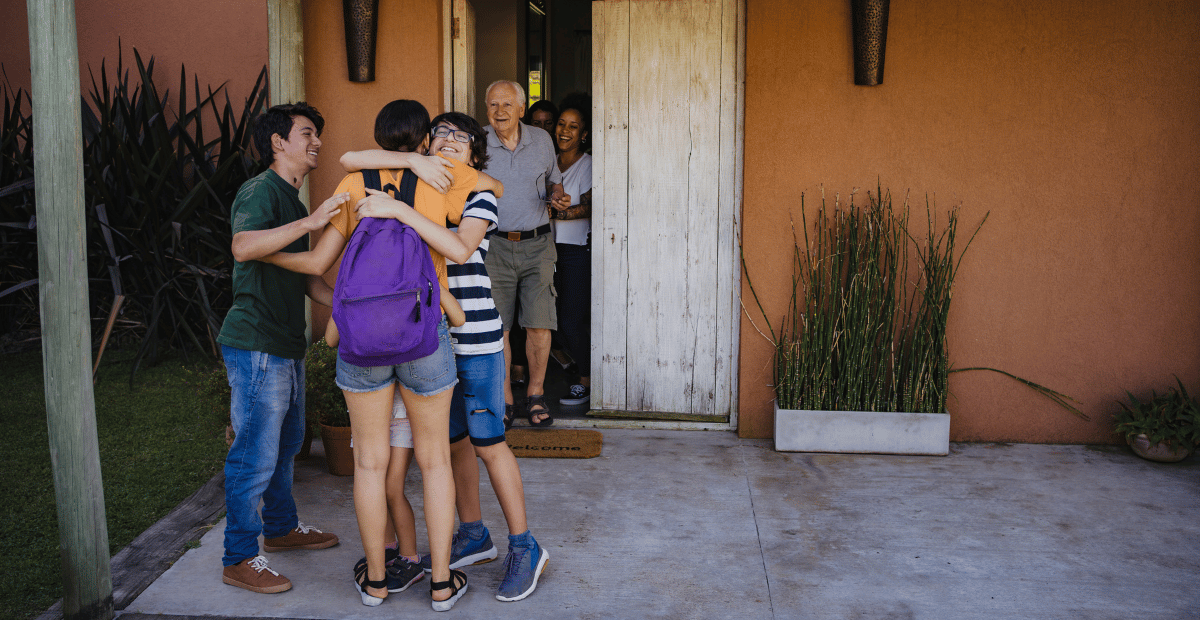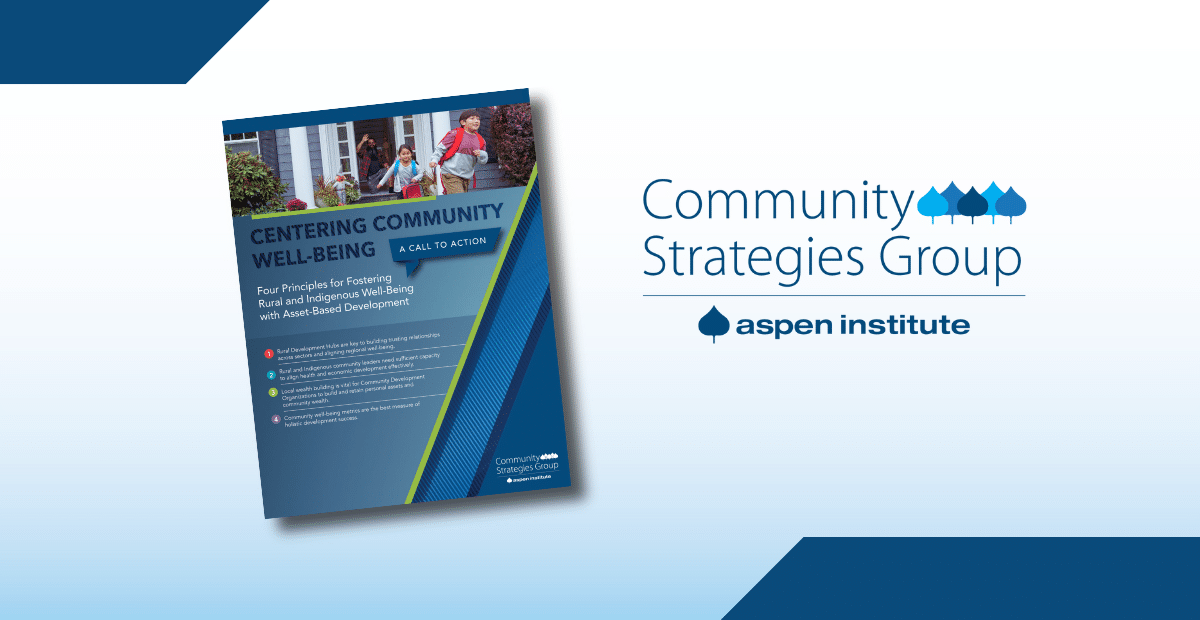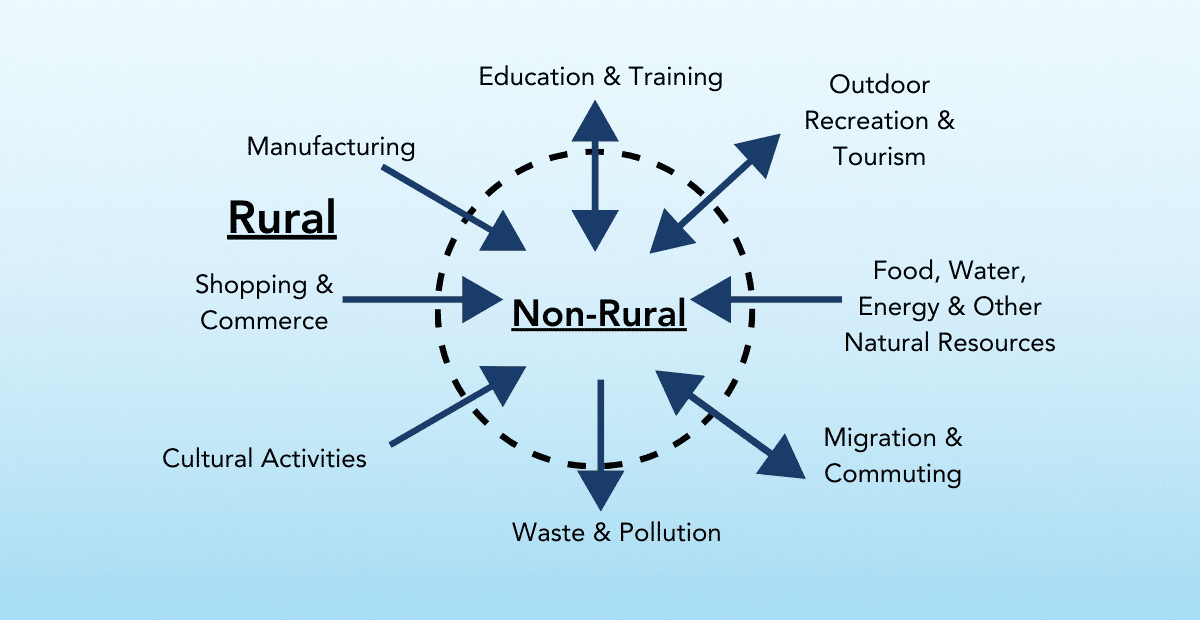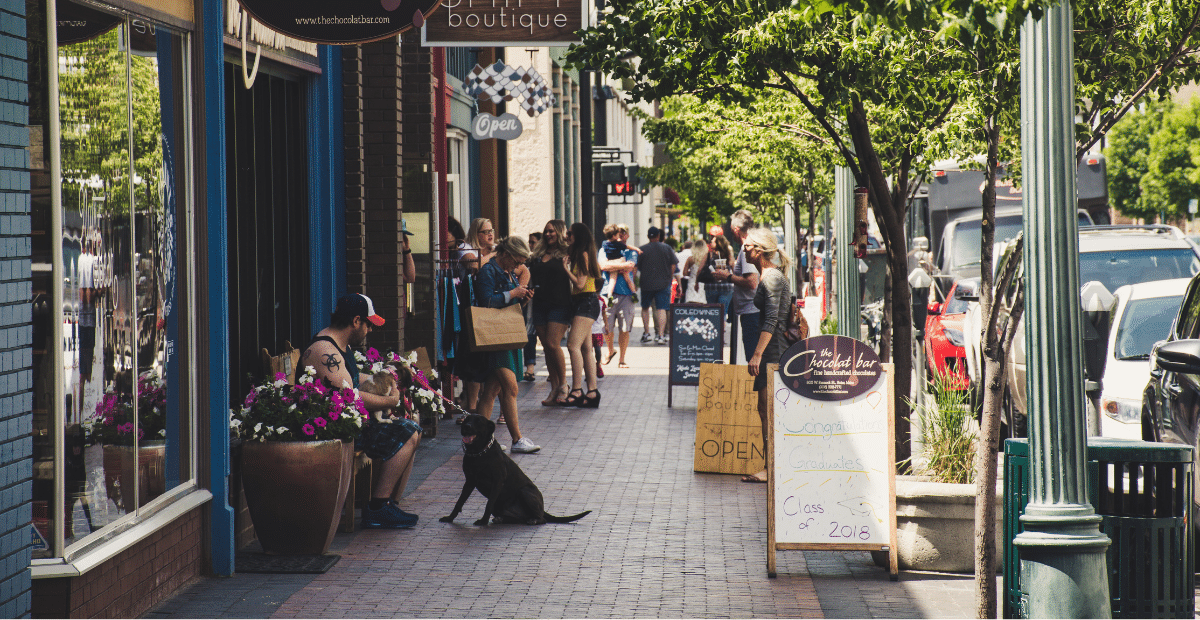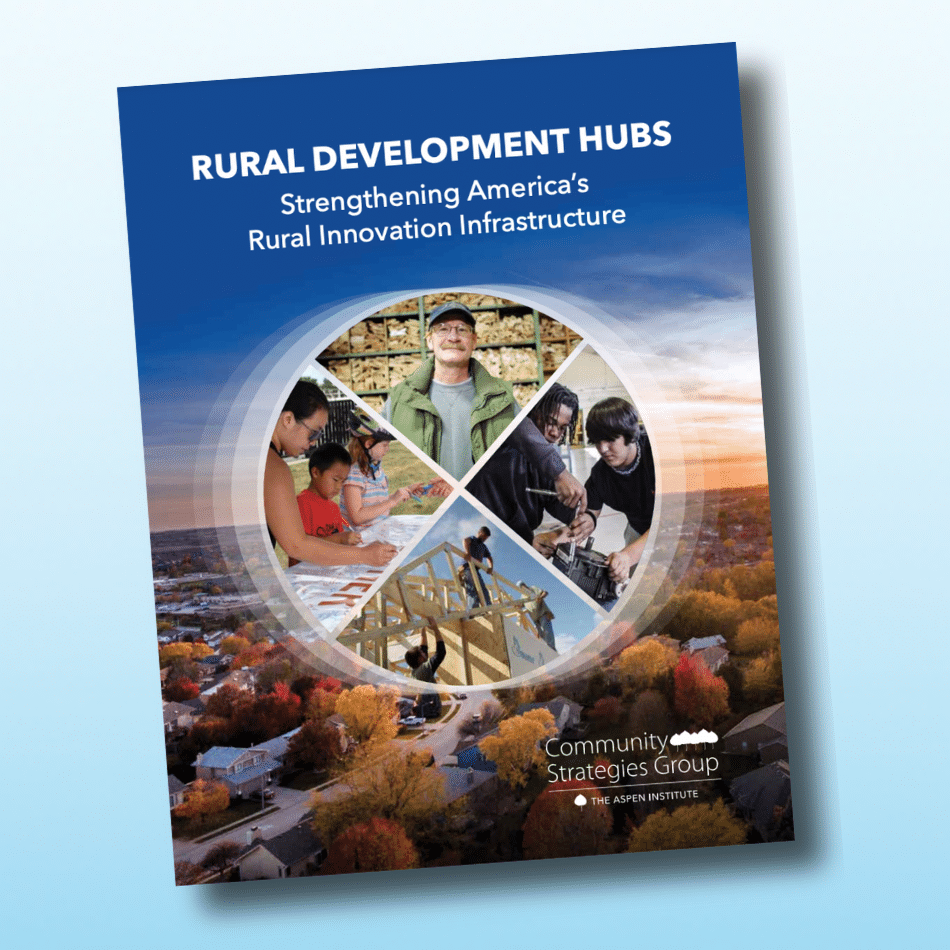Rural communities are generally considered friendly, welcoming places. While this may be true for some, there is also a strong history of suspicion of outsiders, especially if they look, sound, or act differently from the local population. This kind of resistance or rejection is a structural barrier to opportunity for the excluded groups and the larger community.
The changing demographics and growing diversity of many rural communities present the opportunity for long-time residents to engage one another and newcomers in a process of mutual learning that can foster a healthier community dynamic.
Aspen CSG recently held a virtual discussion with 120 rural leaders focused on these issues. This learning reflection curates ideas and related resources shared by participants. We may not have all the answers, but together, we are learning strategies to ensure that each and every person is welcomed to the community, feels connected, and is able to exercise and influence power in community decision-making.
Why is welcoming important for rural communities?
- Recent data show that many rural communities are beginning to grow, thanks to an influx of new residents, many of whom are immigrants from all over the world.
- Today’s economy presents a challenge for longtime and new residents alike, and this is particularly true for immigrants who may have linguistic or legal barriers to work and social services. Rural communities that are more welcoming to immigrants and new residents are more successful at attracting residents and growing their economies.
- It’s not only immigrants who need to be welcomed into rural communities. Some rural places are seeing an influx of newcomers from urban areas due to the rising costs of urban living and remote employment. Welcoming community initiatives are also helping build and restore positive community relationships between Native nations and nearby non-Indigenous residents.
- Our changing climate is already causing migration, and as the negative effects of climate change and severe weather increase, all communities need to be better prepared to welcome new residents.
What rural welcoming looks like in practice
- Rural practitioners emphasized the importance of adopting a formal welcoming plan at the city or county level. A welcoming plan can provide the strategic map to organize public and non-profit efforts at welcoming into a coherent whole. Welcoming information and happenings can be shared via social media pages, like this one from Dodge City, KS.
- Plans might include programs for newly-arrived high school-age children and parents to meet local basic service providers like first responders, school officials, and local government leaders to help immigrant populations better understand public services that are available to them as members of the community.
- Because rural populations are spread across wide geography, participants suggested that mobile services for health screenings and immigration legal support are more effective at reaching and serving rural populations than a fixed location. In one example, a rural municipality offered its buildings rent-free to mobile programs to extend and support efforts to support new residents.
- Conscious and intentional design of rural welcoming events is crucial. Whether it is designing a Welcoming Week that allows communities and businesses to showcase their cultural distinctiveness or storytelling sessions for both longtime and new residents, care must be taken to meet people where they are both physically and emotionally.
- This can mean hosting gatherings at local immigrant-owned businesses or community churches rather than in public facilities. It means creating space for newcomers to bring their own food and culinary traditions, music, and cultural norms to an event. Encouraging visibility when designing an event will make it more inclusive and welcoming. Allow people to design their own ways to engage with community events instead of forcing them to get involved with the systems that already exist.
- One participant shared how their rural health system created a facilitated story-sharing effort open to patients, employees, and community members to foster understanding. By sharing past experiences of rural life, people of very different backgrounds could “walk a mile in another person’s shoes.” Another health system uses bilingual health navigators to help non-English speaking residents have more equitable access to hospital resources.
Building trust is a key component of welcoming
- Welcoming communities require a foundation of trust. Practitioners emphasized the importance of establishing trust between longtime residents and newcomers and suggested that trust is a key ingredient to the success of a welcoming initiative.
- Trust is built through hard, intentional work. Language is too often a barrier to trust, particularly with immigrant residents. Practitioners suggested that language exchanges, where residents spent time learning each other’s languages, were a good way to build trust and share culture. Aspen CSG recently published two resources on building trust and growing language skills with immigrant residents.
- Open and honest communication is a primary way to build bridges among different social groups in a community. Practitioners emphasized that conversation must be two-way and that everyone should have the space for meaningful participation.
- This means that longtime, often white, residents must be open to and willing to enter initially uncomfortable spaces to experience new cultures, foods, and events as part of the welcoming process.
- Welcoming does not mean that newcomers integrate into the local culture. Instead, as one participant put it, through the process of building trust with newcomers, longtime residents can “come to find affinity in appreciating our differences.”
Welcoming all to the community can change power dynamics
- In many communities, power is held by a local elite that can be resistant to change. Many rural practitioners suggest that shifting power dynamics is a big part of their local welcoming initiatives.
- Power held by a small group can exclude many residents, not just immigrants or other newcomers. One rural practitioner from Alaska shared a story of how cultural and linguistic exchange between an Alaska Native tribe and a nearby non-native community promoted closer relationships and increased the desire of political leaders to find solutions across jurisdictional boundaries.
- Representation matters. Practitioners emphasized that even in majority non-white rural communities, control over political offices and boards can be largely or exclusively white. Diversifying leadership is a crucial step to creating a welcoming community since those in power will more closely represent the whole community. One step forward is creating a cultural advisory board that can advise the city or county on steps to be more welcoming.
- Shifting power through welcoming can change the economy too. One practitioner explained how their local welcoming initiative helped identify a common culture of growing food in backyard gardens. This helped shift local laws to make growing and selling food and livestock easier, creating new pathways for food sovereignty and entrepreneurship.
Models for Welcoming and Engaging Community
Participants shared a few organizations helping their towns and rural places be more welcoming:
- Welcoming America, and particularly their Rural Welcoming Initiative, provides resources and technical assistance to rural communities seeking to become more welcoming to new residents, particularly immigrants. Welcoming America’s Certified Welcoming program has served as a valuable roadmap for local governments seeking to build truly welcoming communities.
- Community Heart and Soul is a process tailored for small towns that can help engage the ‘missing voices’ in rural communities. It is a resident-driven process that engages the entire population of a town in identifying what they love most about their community, what future they want for it, and how to achieve it.
- Weave: The Social Fabric Project at the Aspen Institute supports ‘weavers’ who have found a more connected way to live by working in neighborhoods and towns to create connections and lead with love. Weave connects and supports weavers within the community who are creating a more welcoming place for all.
- Strong Towns advocates for cities of all sizes to be safe, livable, and inviting. They work to elevate local government to be the highest level of collaboration for people working together in a place.
The ideas and resources shared in this blog arose from a wide-ranging conversation and networking session among rural development practitioners. Devin Deaton, Action Learning Manager with the Aspen Institute Community Strategies Group, curated the learning reflection.
Open Field sessions inform and are informed by Aspen CSG’s Thrive Rural Framework, a tool that aims to help communities and Native nations across the rural United States become healthy places where each and every person belongs, lives with dignity, and thrives. To join the next Open Field session, register here.

